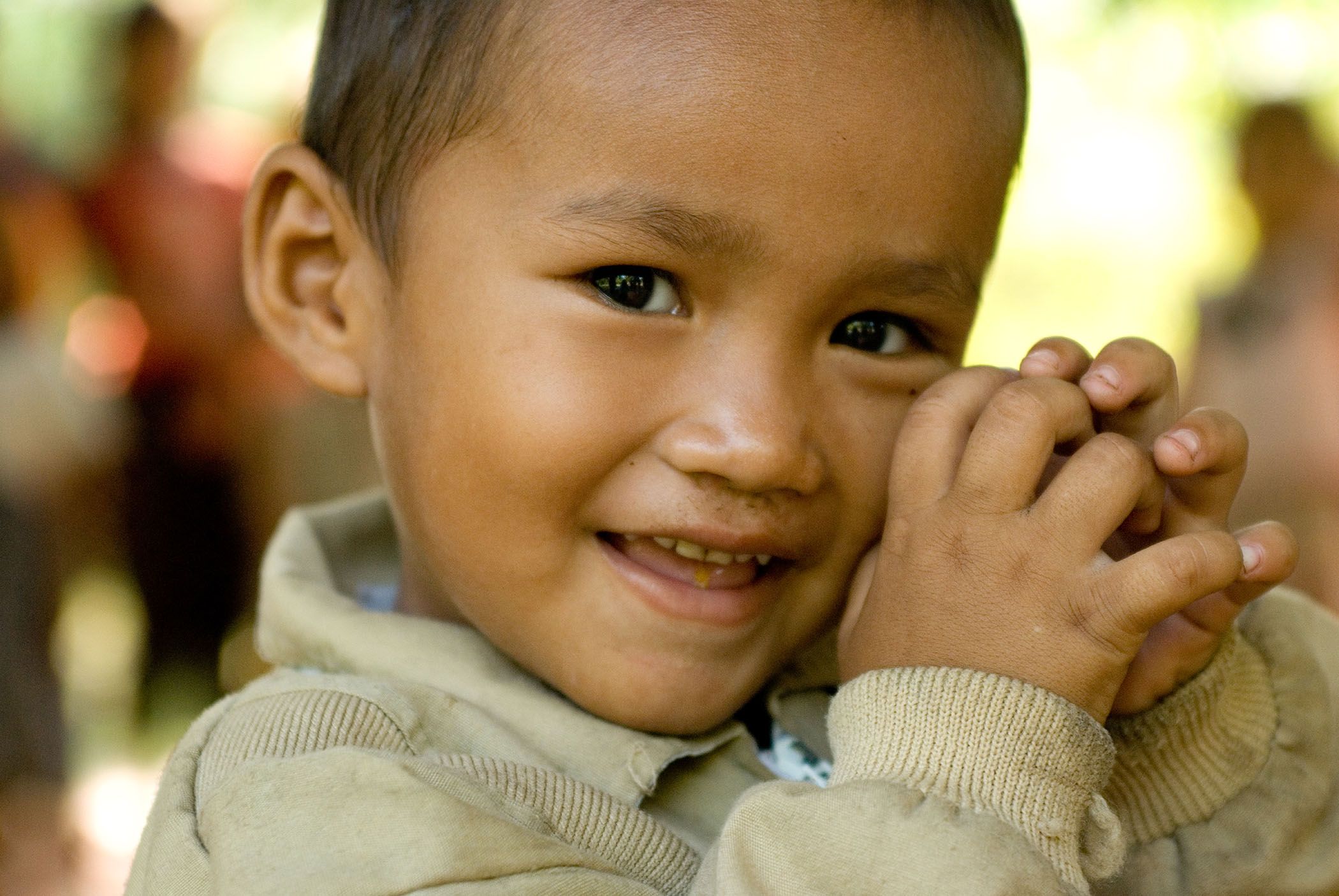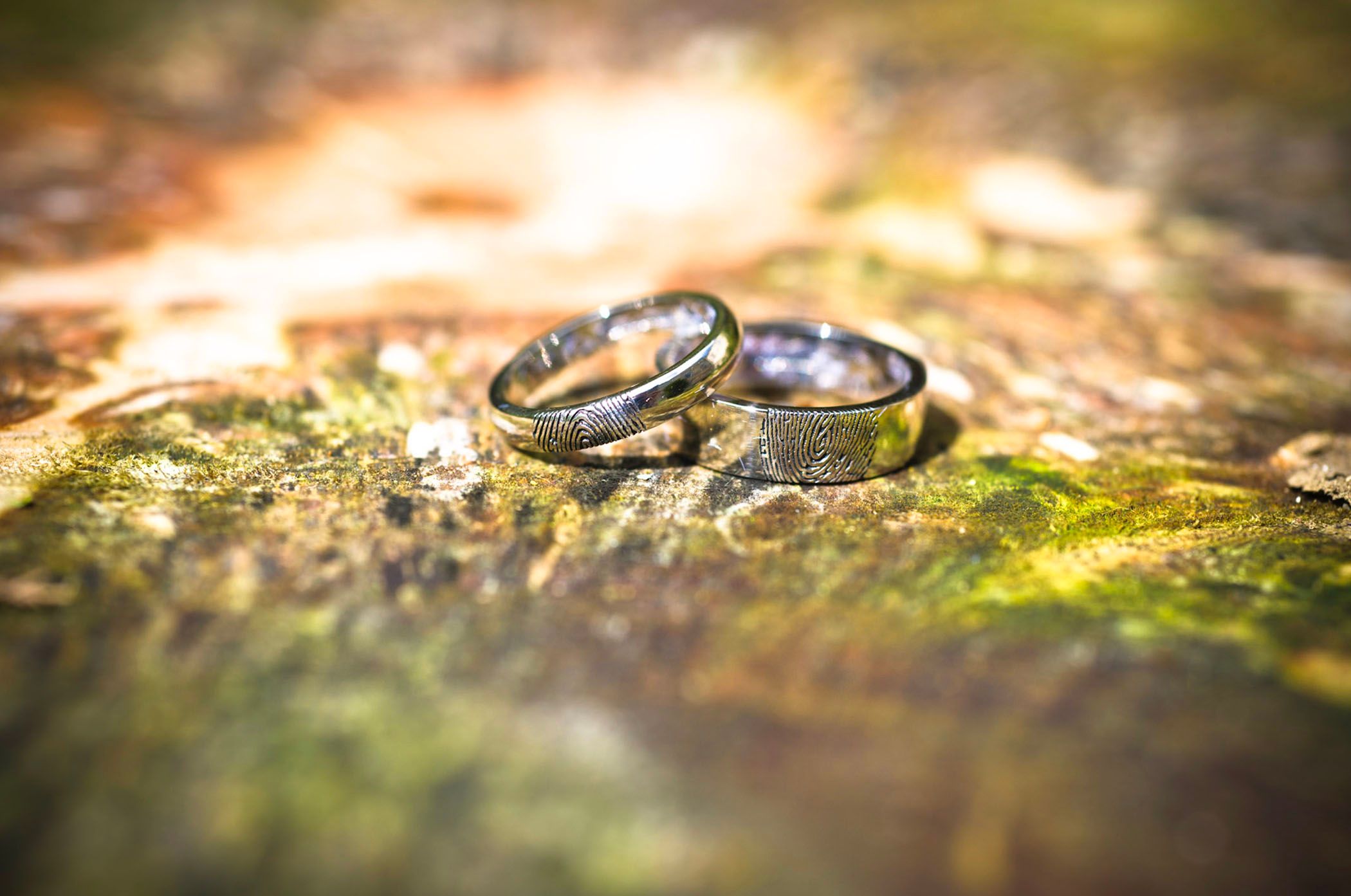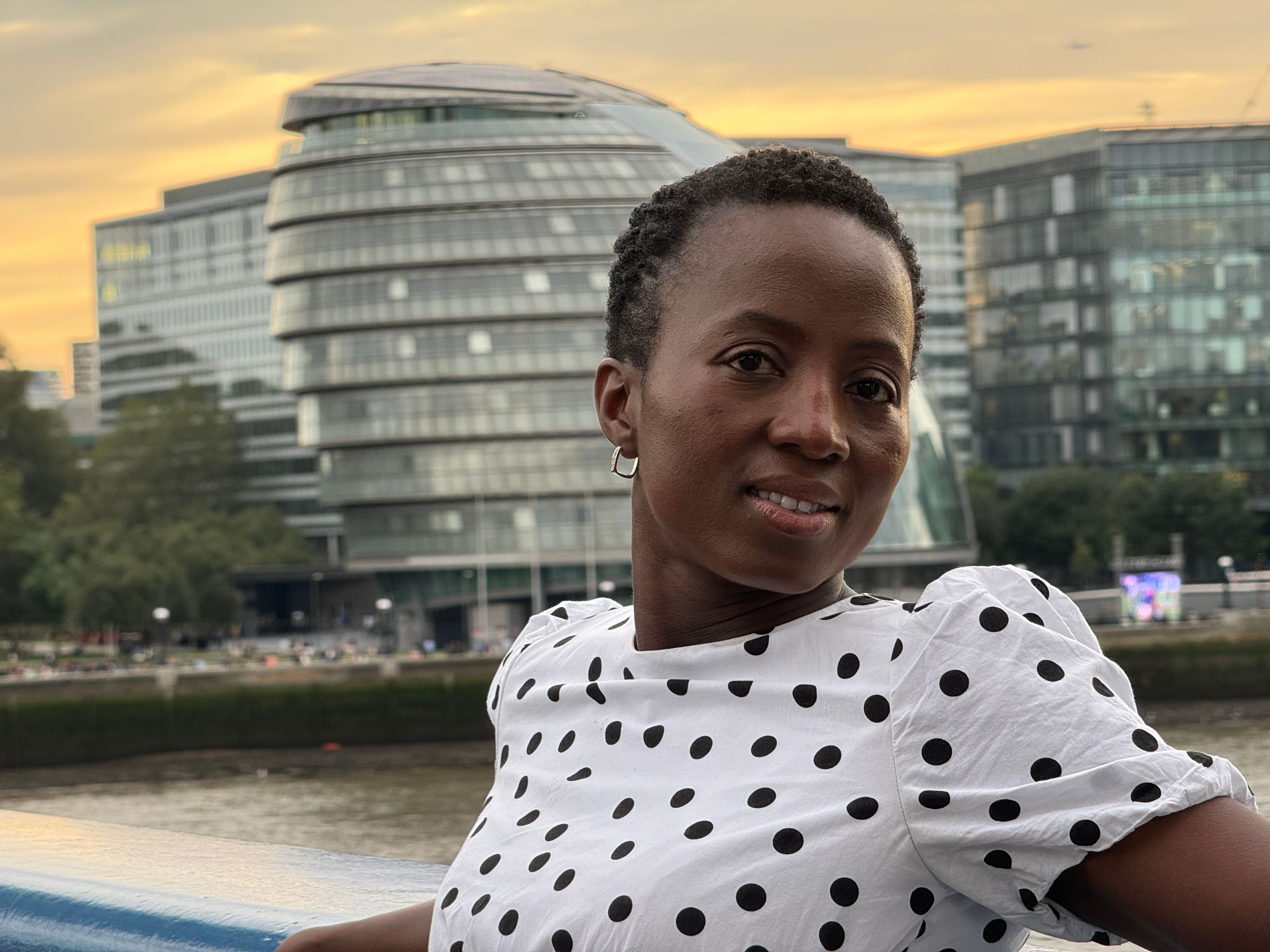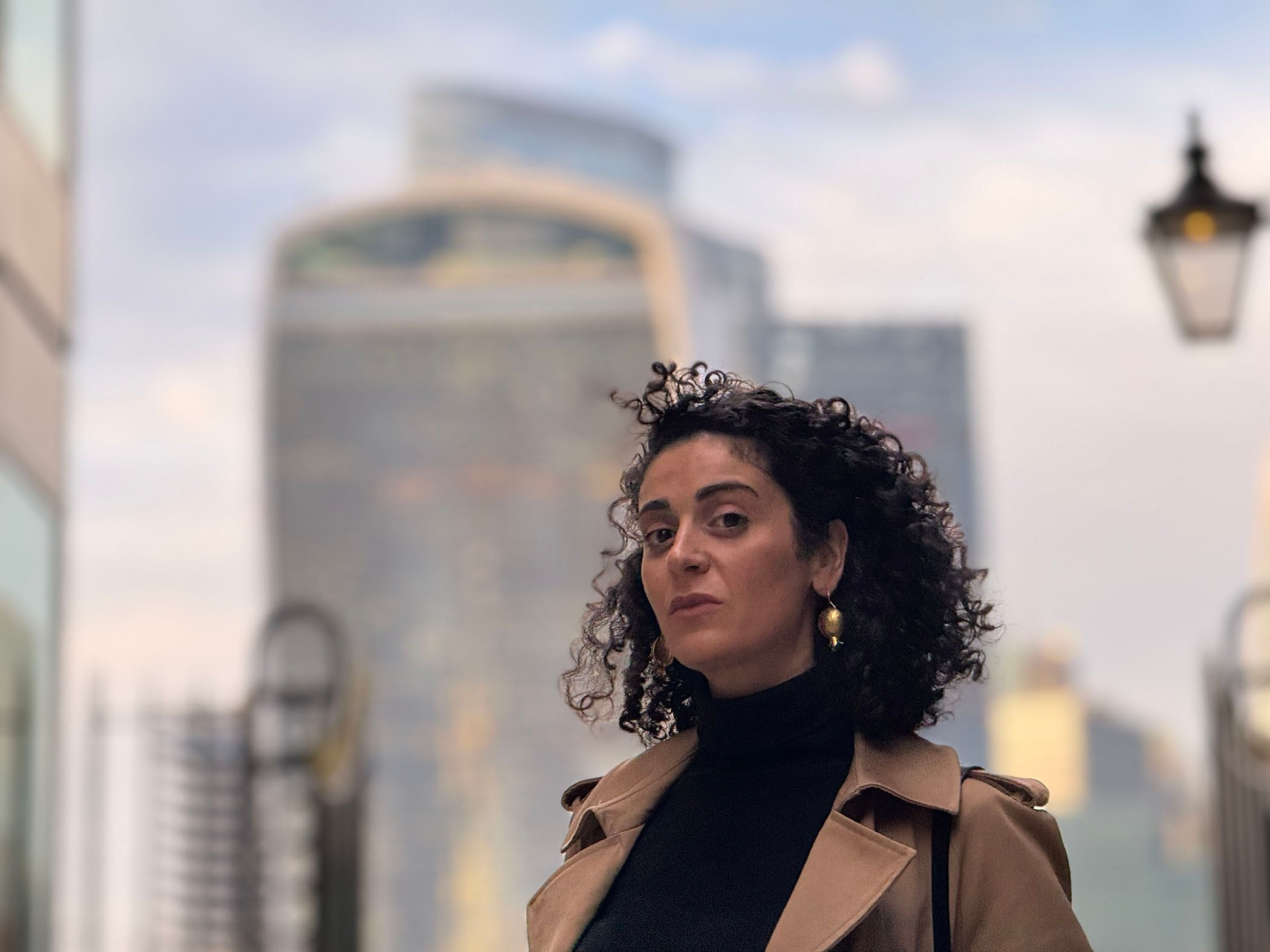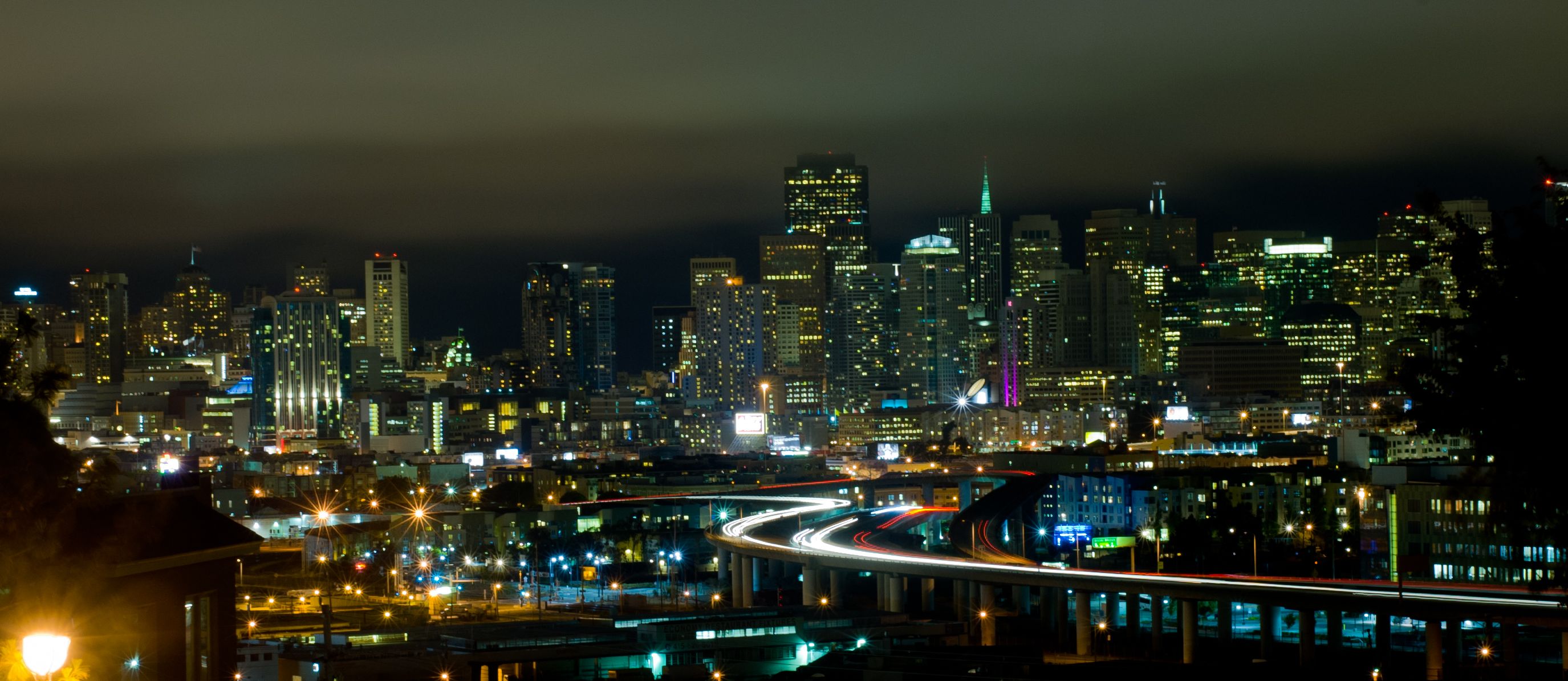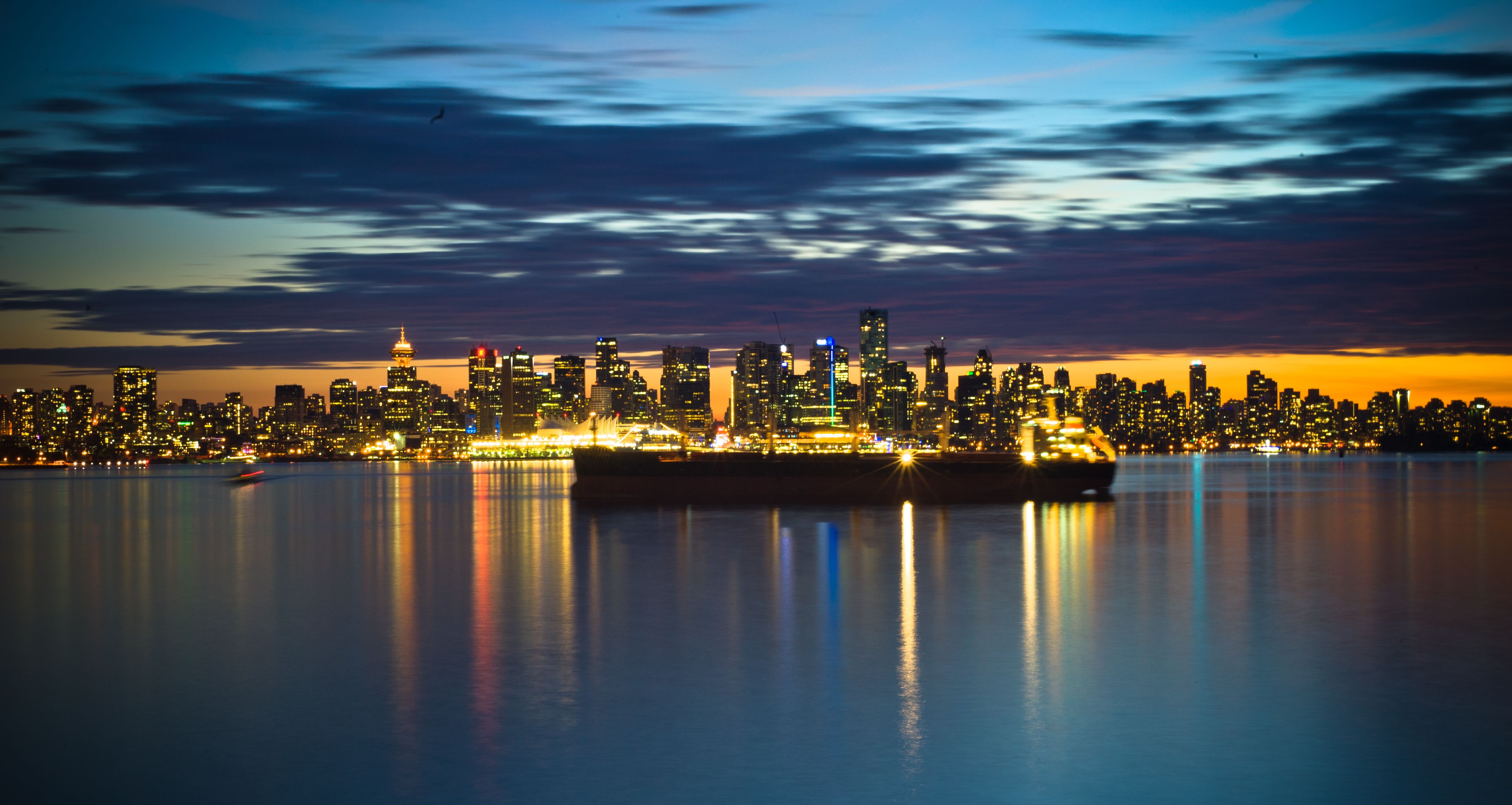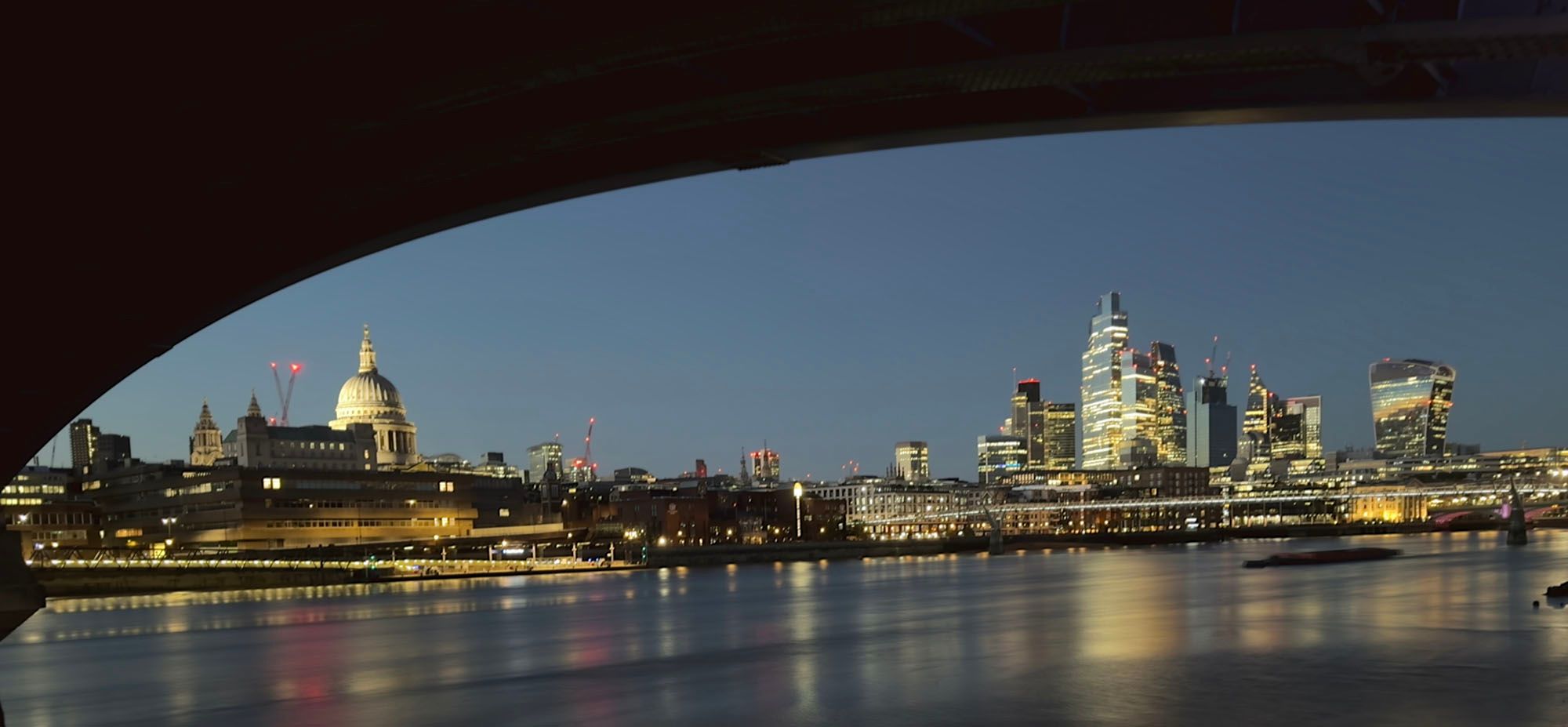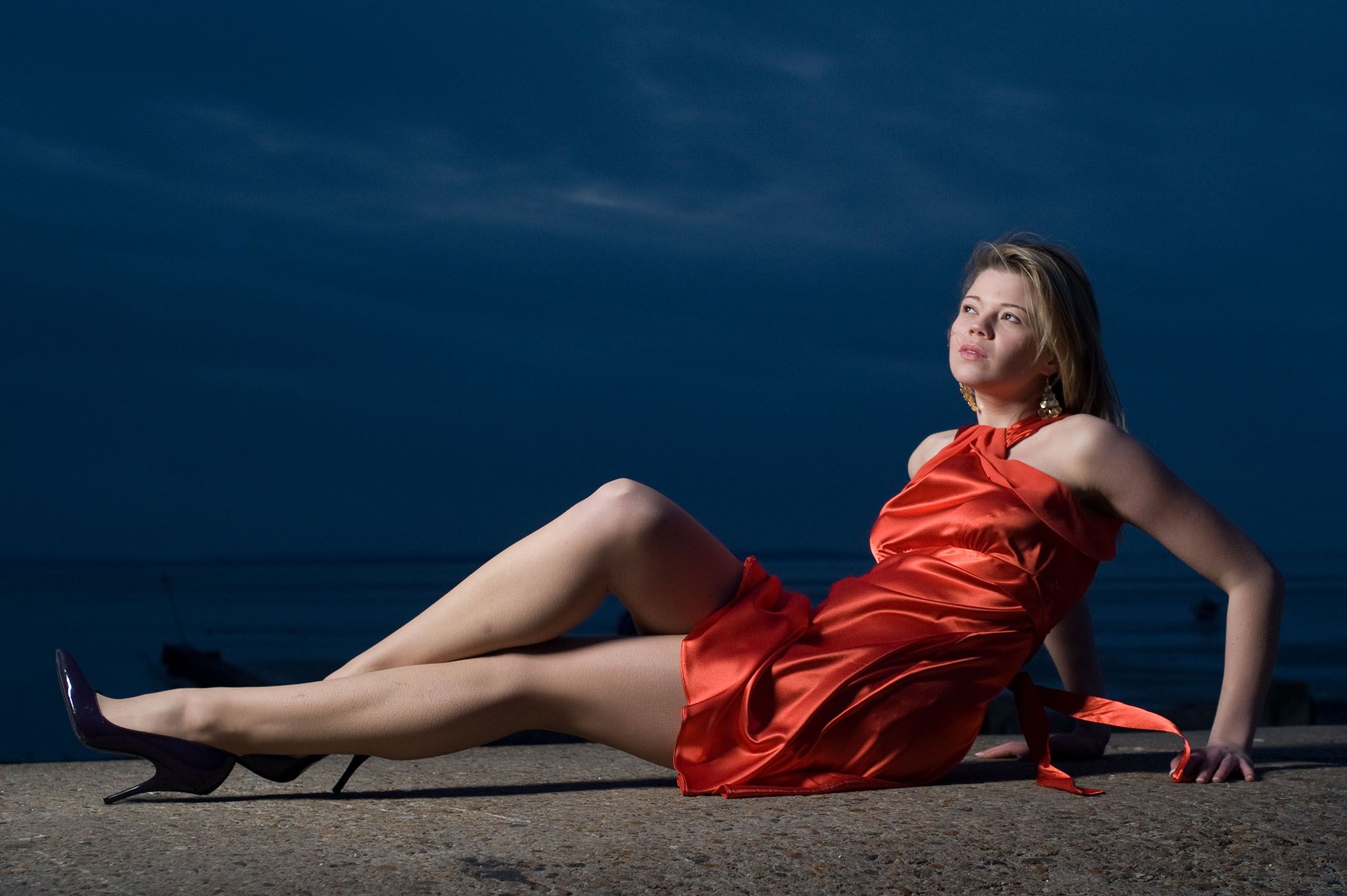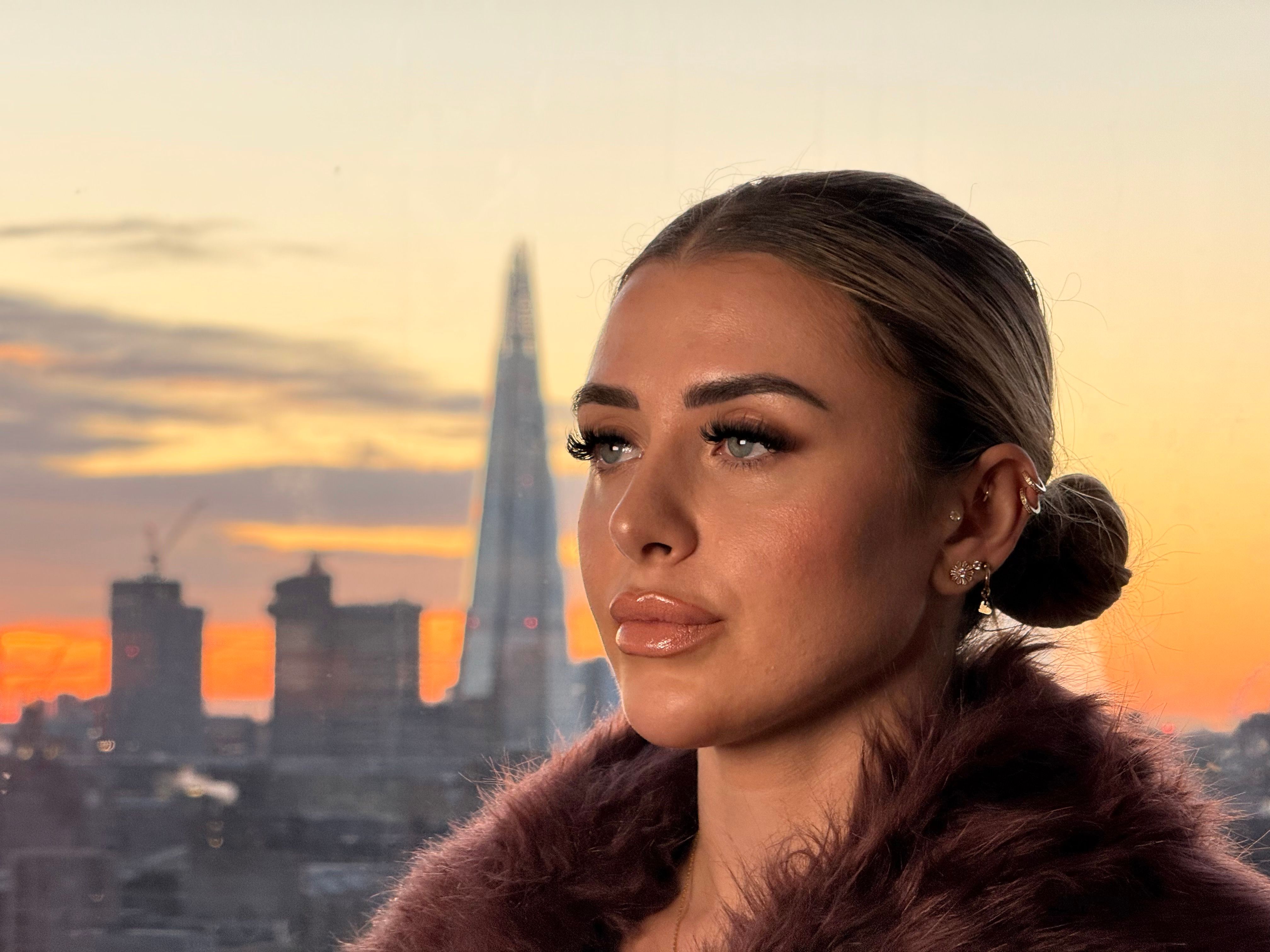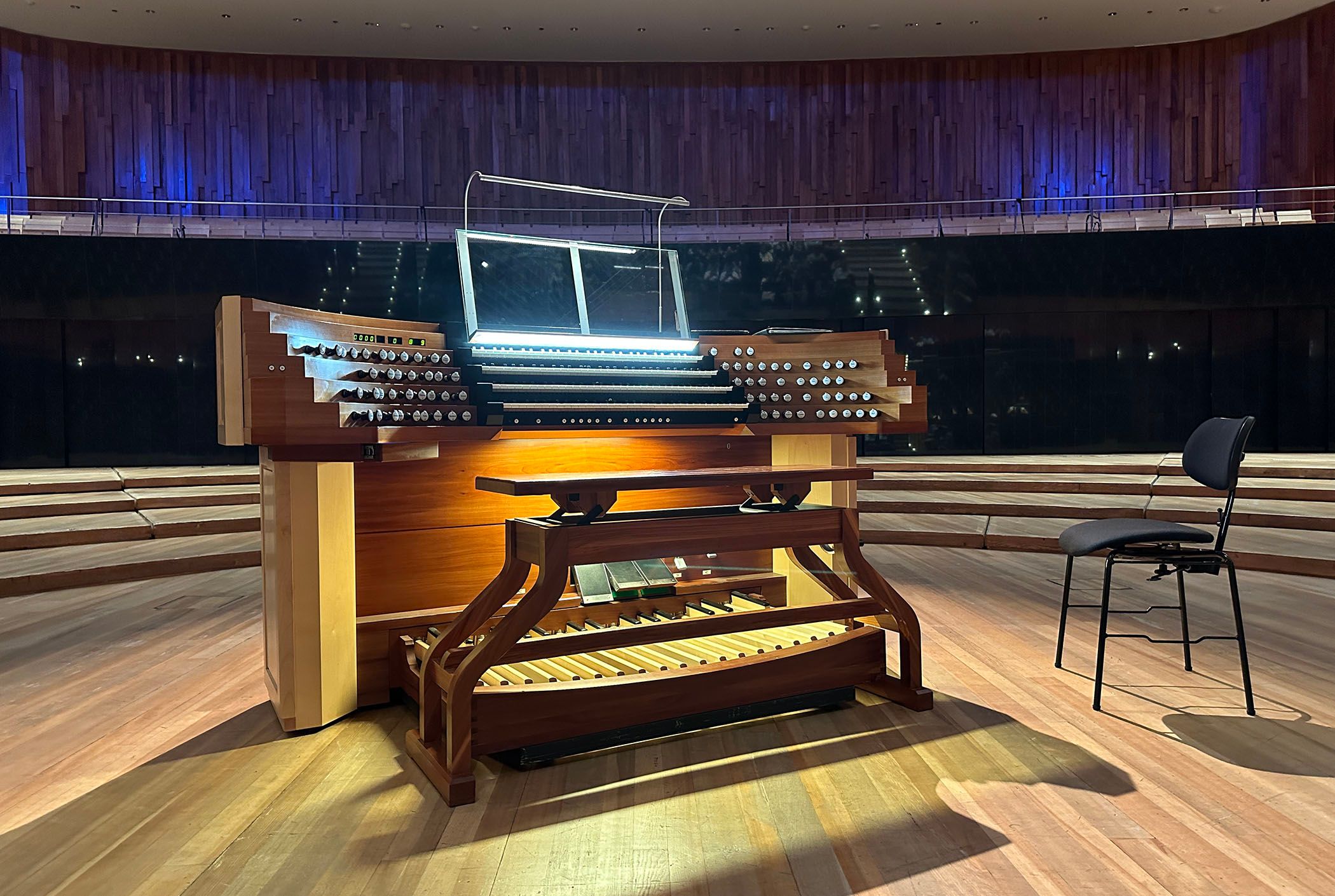Key Takeaways
- Image quality from a DSLR will almost always surpass that of a smartphone in terms of sensor size and lens quality.
- A smartphone may be sufficient for casual photography, especially for social media posting where image quality differences are less noticeable.
- DSLRs offer greater creative control with features like interchangeable lenses, depth of field control, and shutter speed adjustments, but smartphones offer speed, ease of use, and immediate editing and sharing capabilities.
There are some situations where only a digital SLR or mirrorless camera will get the job done. Wedding photography, motorsports, bird-watching, and fashion, to name a few. But for more casual photography, a smartphone can often stack up surprisingly well.
Image Quality
Let’s start with the one fact we simply can’t escape: a smartphone can never match the image quality available from a DLSR. There are two main reasons for this: the sensor, and the lenses.
All other things being equal, sensor size is key to the image quality you can achieve. A full-frame DSLR has a sensor the same size as a 35mm film frame: 36mm by 24mm (1.4 inches by 0.95 inches). Even the latest premium smartphones have tiny sensors in comparison. The main camera on the iPhone 16 Pro, for example, has a sensor that is just 9.8mm by 7.3mm (0.38 inches by 0.29 inches).
The end result is typically noisier images since smaller sensors capture less light on account of having less surface area. This means that a DSLR will almost always be the better choice when shooting in low light.
Lens manufacturers put a huge amount of care and work into the design and precision construction of their lenses, to maximize the amount of light that can be captured and minimize distortion. They use very precisely milled optical glass. Smartphone lenses, in contrast, are mostly tiny pieces of plastic. They’re still of decent quality, but they’re not in the same league.
Based on these two factors, you might think that a smartphone doesn’t stand a chance. That’s certainly true if you’re planning to turn your photos into large prints for display in a gallery, where the limitations of smartphone images will be very apparent.
However the image quality achievable by a smartphone will often be good enough for the job. If you’re shooting for social media, for example, and the photos will only ever be viewed on a smartphone screen, then the difference in quality between a DSLR image and a smartphone one may be completely invisible.
Focal Length
One of the biggest advantages of the DSLR form factor, as well as many mirrorless cameras, is interchangeable lenses. Budget permitting, you can choose anything from a 10mm fisheye lens to an 800mm telephoto (or even longer in some cases).
The flexibility to choose exactly the right lens for the right task is a key benefit of a “real” camera. In contrast, even a premium smartphone will typically offer around three fixed focal lengths. Using the iPhone 16 Pro as an example, this has the equivalent of 13mm, 24mm, and 120mm lenses.
However, it should be noted that even professional photographers often use a limited range of focal lengths. Many wedding photographers, for example, will have a 24-70mm lens fitted to their camera 99% of the time, as this range of focal lengths covers everything you will typically need during a shoot. The above shot of the child was taken on a Nikkor 24-70 f/2.8 wide open at 70mm.
While a smartphone will never offer the same degree of flexibility, a mix of switching between the built-in lenses and some two-legged zoom (moving closer or further away) will often get the job done.
Creative Control
A DSLR offers a much greater opportunity to take creative control of your photography.
We’ve already mentioned the ability to swap out lenses for different focal lengths, but aperture control is another factor. If you’re shooting in very low light, or just want to have razor-thin depth of field control, you have the option of using a lens with a very wide aperture, like f/1.4. You can use a macro lens for even shallower depth of field for close-ups, like the 90mm macro used for this photo of wedding rings.
With a smartphone, you’re not only limited to a small number of focal lengths, but the apertures are fixed. However, if you want to achieve shallow depth of field, there are a couple of ways you can do it. First, if you get very close to your subject and angle things so that the background is very far away, then you can get sufficient separation:
Alternatively, you can use Portrait mode for artificial bokeh, which can be remarkably convincing, as in this example:
A DSLR gives you full control of your shutter speed. If you’re shooting sports, you may want an extremely high shutter speed like 1/8000th of a second to perfectly freeze fast movement. Alternatively, you may want a very slow shutter speed, like this 30-second exposure to create light trails on the road.
Or this one to give moving water a silky-smooth look:
Smartphones don’t give you that kind of control. However, there are apps that let you replicate the effects of a slow shutter speed. These take lots of photos and blend them together to give a similar effect, as in this example simulating a 30-second exposure using the Spectre app on an iPhone:
This was also taken hand-held, with the iPhone and app between them compensating for motion-blur, something which wouldn’t have been possible with a DLSR. While close examination will reveal fuzziness, it’s good enough for casual shooting.
These days the availability of cages means there aren’t many camera accessories you can’t use with a smartphone, from neutral-density filters to video lights and microphones.
However, there is one accessory a smartphone can’t support, and that’s an off-camera speedlight (flash) setup. This is again due to limitations in the way that smartphone shutters work, and although a few companies have tried it, the results have not been good. That means you can’t use an external flashgun and remote trigger to create a shot like this:
However, continuous lighting has made enormous strides in recent years, so you can now substitute a video light panel to create the same effect:
Speed & Ease of Use
While we’ve so far discussed the advantages of DSLRs and ways to try to get similar results on a smartphone, it’s time to turn our attention to the strengths of phone cameras, and scenarios where these might be the better choice.
The first and most obvious benefit of a smartphone is speed and ease of use. That DSLR and selection of lenses may well be in your camera backpack when you spot a photo opportunity, and it might be gone by the time you’re ready to take it. A smartphone, in contrast, is ready to shoot as soon as you take it out of your pocket.
Discretion and Safety
A DSLR often attracts attention. Back in the days when I traveled with a bulky pro body and lens selection, it wouldn’t be unusual to be approached by security guards telling me I wasn’t allowed to shoot there. A smartphone lets you blend in with everyone else, and it’s rare you’ll get anyone objecting to you shooting with one.
It can also be sketchy to wander the backstreets at night with an expensive DSLR around your neck or an obvious camera backpack on your back. A smartphone you can tuck away inside a pocket (or even your sock if you are particularly concerned) may be the smarter bet.
Editing
With a DSLR, editing is usually a separate stage requiring a laptop. A smartphone lets you edit your photos right there on the device. While traveling, I will very often edit one set of photos while I’m on a bus or metro ride to my next destination, a smartphone making this very easy.
Sharing Your Work
Another big advantage to a smartphone is the ease with which you can immediately share your work. This can be a big benefit when you’re shooting for social media: take the photos, edit them right there on the phone, and upload them to your social media platforms within a minute or two.
A Few Last Factors to Consider
There are a few more factors that might impact your choice, the first of which is storage. A DSLR lets you use high-capacity cards, and swap them out when one is full. Most of today’s smartphones rely on internal storage, and running out of storage during a shoot is a real possibility.
The same is true of battery power. If you’ve been using your smartphone extensively for other tasks, the battery may be low just when you need it to take photos. Your DSLR battery isn’t being drained when you’re not using it, and it’s easy to carry a spare.
Finally, for those shoots when you’re waiting for the perfect moment to take the shot, a smartphone can be a riskier bet. An incoming phone call can take over your screen, or a notification can get in the way just as you’re about to press the shutter button.
For some situations, the choice will be obvious. A wedding photographer isn’t going to turn up with an iPhone (unless the client specifically requests it). Conversely, if you’re taking some holiday snaps on a water slide in a theme park, you probably wouldn’t want to use a DSLR.
For other occasions, you may need to balance the pros and cons of each to make the best choice. Check out some of our favorite digital SLR and mirrorless cameras.


